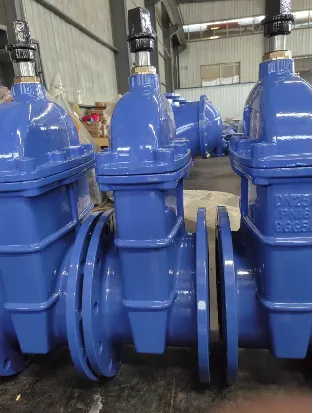steel grating specifications
Understanding Steel Grating Specifications
Steel grating is a versatile and essential component in various industries, providing safety, support, and ease of maintenance. Its applications range from walkways and platforms to drainage covers and stair treads. To ensure the effectiveness and safety of steel gratings, understanding their specifications is crucial. This article aims to explore the key elements of steel grating specifications, including materials, load capacity, dimensions, surface treatment, and compliance standards.
Materials
The most common material used in the production of steel grating is carbon steel, known for its strength and durability. However, stainless steel and aluminum are also popular choices, particularly in environments that require corrosion resistance. The selection of material often depends on the intended application and the environmental conditions the grating will face. For instance, stainless steel is suitable for areas exposed to moisture, chemicals, or saltwater, while carbon steel is cost-effective for general use.
Load Capacity
One of the primary considerations in steel grating specifications is its load capacity. Load capacity is defined as the amount of weight that the grating can safely support without deformation or failure. This is influenced by factors such as the type of grating, the size and spacing of the bars, and the overall design. The load ratings are categorized into different classes, typically based on standards set by organizations such as the American National Standards Institute (ANSI) and the American Society for Testing and Materials (ASTM). When choosing steel grating, it is vital to match the load capacity with the specific requirements of the project to ensure safety and functionality.
Dimensions
steel grating specifications

Steel grating comes in a variety of standard sizes and can also be customized to meet specific project needs. The specifications usually include the thickness of the bearing bars, the spacing between them, and the overall dimensions of the panels. Commonly, the thickness of the bearing bars ranges between 1/4 inch to 1 inch, while the spacing can vary from 1 inch to 4 inches, depending on the application and load requirements. Additionally, the overall width and length of the grating panels can be customized, allowing for versatility during installation.
Surface Treatment
To enhance the longevity and performance of steel grating, surface treatments are often applied. Common treatments include hot-dip galvanizing, which coats the steel with a layer of zinc to prevent corrosion, and powder coating, which provides a durable finish and can be color-matched to architectural requirements. Other treatments may involve paint or plating depending on the intended use. The choice of surface treatment is essential to ensure that the grating will withstand environmental stressors and extend its service life.
Compliance Standards
Steel grating must meet various industry standards to ensure safety and performance. Compliance with local, national, and international standards is essential for both legal and safety considerations. Standards set by organizations such as ANSI, ASTM, and the Occupational Safety and Health Administration (OSHA) outline the minimum requirements for design, testing, and installation of steel gratings. Adhering to these standards assures that the materials used will perform reliably under specified conditions and that they will provide the necessary safety to users.
Conclusion
In summary, understanding steel grating specifications is pivotal for selecting the right product for specific applications. Key elements such as the materials used, load capacity, dimensions, surface treatments, and compliance with industry standards play crucial roles in determining the effectiveness and safety of steel gratings. By carefully considering these specifications, engineers, architects, and project managers can ensure that their selections will meet performance expectations, enhance safety, and provide durability in various industrial and commercial settings. Whether for flooring, access ways, or drainage systems, steel grating remains a vital component, and attention to detail in specifications is essential for optimized performance and longevity.
-
The Smarter Choice for Pedestrian AreasNewsJun.30,2025
-
The Gold Standard in Round Drain CoversNewsJun.30,2025
-
The Gold Standard in Manhole Cover SystemsNewsJun.30,2025
-
Superior Drainage Solutions with Premium Gully GratesNewsJun.30,2025
-
Superior Drainage Solutions for Global InfrastructureNewsJun.30,2025
-
Square Manhole Solutions for Modern InfrastructureNewsJun.30,2025
-
Premium Manhole Covers for Modern InfrastructureNewsJun.30,2025
